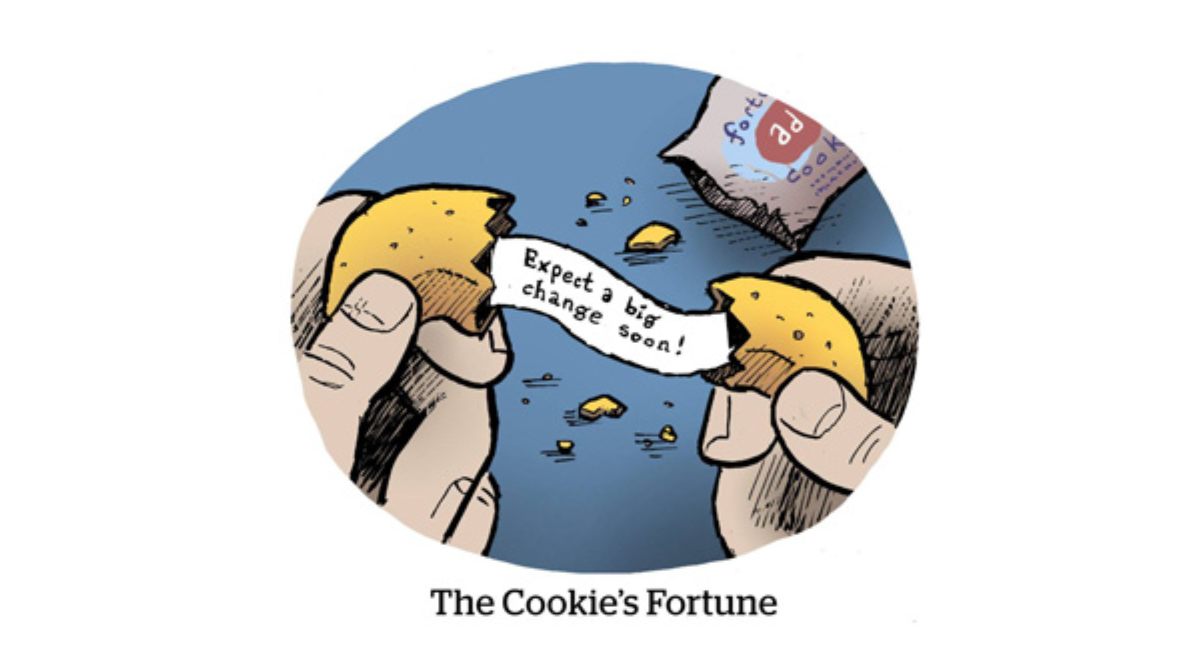E-commerce has changed the way customers shop. Products can be easily delivered to our doorstep and costs of transportation have decreased massively, which makes it an attractive alternative for offline purchases. During the COVID-19 pandemic, e-commerce has grown rapidly, as brick-and-mortar stores were closed and many of us were restricted from visiting public areas, such as shopping malls and city centers. Especially the younger generation, myself included, enjoy the efficiency of online buying. In a research conducted by YPulse (2021), over half of young European consumers (which includes gen-Z and millennials) prefer to shop online and are regularly shopping through websites, apps and social platforms.
Online shoppers have various options once it comes to payment. Customers can pay in store, which is often used when customers choose to pick-and-collect, or they use online transaction methods. These vary from having to enter credit card details to using online banking payments such as iDeal, which allow for a SEPA Credit Transfer from within the consumers’ trusted online banking portal.
However, the online payment industry has lately been disrupted by companies offering a new financial service, named Buy Now Pay Later (BNPL). As you might have already guessed, these companies allow consumers to buy products and pay later in interest-free installments. These services are an alternative to “old-school” creditcards of which the younger generation is generally wary, due to banks having high interest rates and strict requirements. These BNPL services offer similar benefits as using a credit card, but without the earlier named restrictions. Users only have to sign up and create a profile, no need for background checks. These services have partnered with large online shops, and are offered once a customer goes through the check-out on their website. By targeting the younger generation, these services allow consumers to buy products they might not have been able to buy before. Consumers are able to pay for it at a later time (usually a month later), sometimes over a series of installments. Consequently, the BNPL business model generates revenue through their partnerships with online stores and the late fees collected from customers.
These services have become very popular among younger generations. In the US, 55.1% of Gen Z digital consumers of ages 14 and older will use a BNPL service at least once this year (Lebow, 2022). But young customers are often not warned about the primary financial risk, which is overspending. Almost 70% of consumers that have used BNPL admit that they have overspend when using them (Schulz, 2022). This could lead to consumers not being able to afford the payment installments and being confronted with high fees and charges. Unpaid debts could even be handed over to debt collection companies, which could cause financial trouble.
Although these services are very efficient and easy to use, I believe that, especially considering the current global economic state, these services should be regulated in order to prevent widespread debts among the younger generation, who already face many financial setbacks.
I’m interested to hear your thoughts.
References:
Lebow, S. (2022, July 6). Gen Z buys into buy now, pay later. Insider Intelligence. Retrieved from https://www.insiderintelligence.com/content/gen-z-buy-now-pay-later
Schulz, M. (2022, April 14). 42% of Buy Now, Pay Later Users Have Made a Late Payment. LendingTree. Retrieved from https://www.lendingtree.com/personal/bnpl-survey/
YPulse. (2021, September 1). The Shopping Experiences European Gen Z & Millennials Are Interested In. Retrieved from https://www.ypulse.com/article/2021/08/17/the-shopping-experiences-european-gen-z-millennials-are-interested-in/


